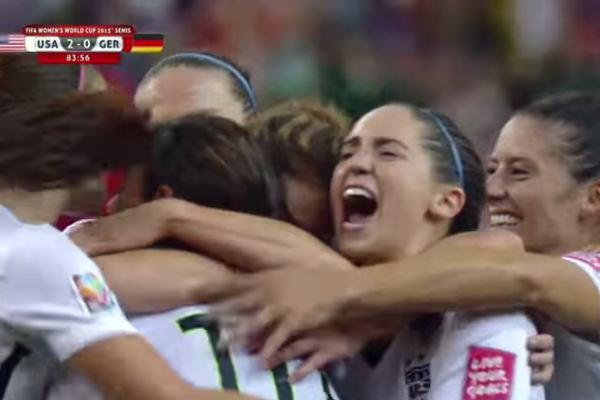Feminism and athleticism were one in the same to me. Four square matches, pick-up basketball games, and soccer scrimmages were all opportunities to prove that women were as valuable and gifted as men. Brandi Chastain with her shirt off and body flexed in uninhibited celebration was my Betty Friedan and my Bell Hooks.
But then puberty arrived, and brought with it hormones, testosterone, and different images of female athletes as the boys in my classes got their hands on the Sports Illustrated swimsuit edition (I’m a much bigger fan of the feminine strength displayed in ESPN’s “The Body Issue”). The Women's United Soccer Association — the world’s first paid professional women’s soccer league — closed down, and suddenly it seemed to me that the U.S. only cared about women’s sports when women traded in their sports bras for bikinis.
So when I read that this U.S. Women’s World Cup brought in 285 percent more viewers in its group stage play than ever before, and when I heard two twenty-year-old men at a jam-packed bar in D.C. rattle off statistics about Morgan Brian’s college scoring stats and Tobin Heath’s signature moves, I got excited.
Read the Full Article

